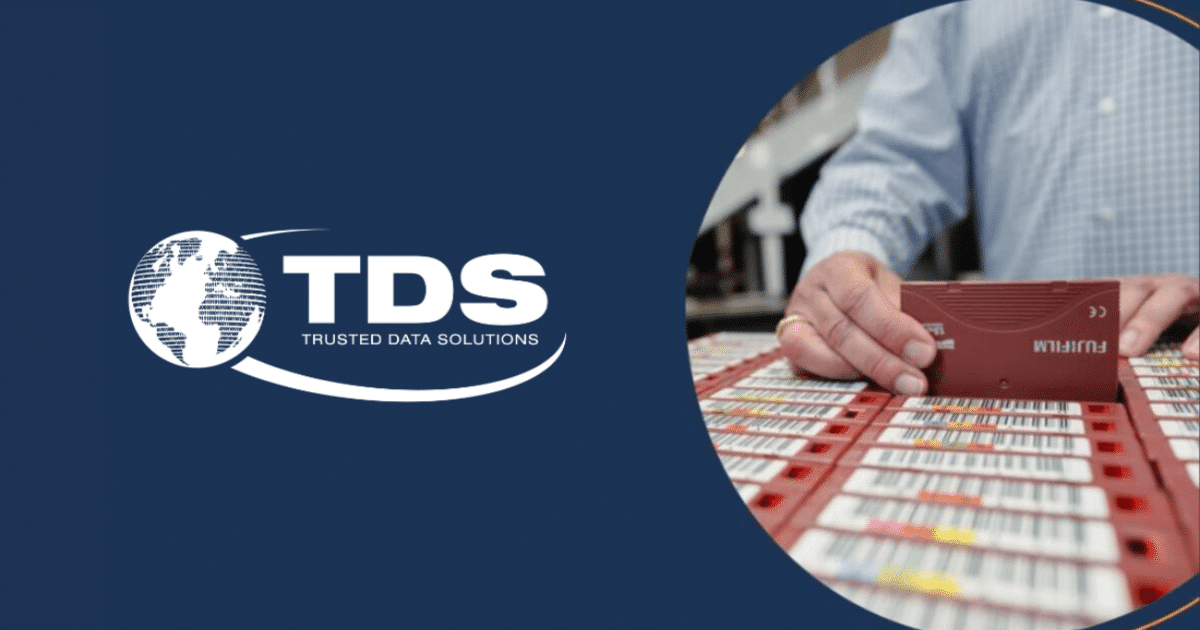Companies are accumulating gargantuan amounts of data and historical information they will seldom use or are difficult to access efficiently. This “legacy data” is often stored on outdated hardware and software systems. While this data may be old, it’s often valuable and required for numerous business reasons like compliance with legal and regulatory requirements.
It’s critical to understand the concept of legacy data and the challenges enterprises face in accessing and managing such information effectively.
What is Legacy Data?
Legacy data is unused historical corporate information stored in outmoded or dated technology systems. Such data is often difficult to access or utilize because the hardware on which it’s domiciled is outdated and on software-related formats that are no longer supported. Legacy data includes financial records, former employee or vendor information, email threads, old legal and contract documents, charts, graphs, or images.
While dated, many corporations want to retain such information and must find ways to access it by using current hardware/software configurations for pressing current and future needs. Recent lawsuits, for example, often require companies to present key data to courts that might be five to ten years old. Federal or state tax filings and regulatory requirements also require years-old data because Uncle Sam never forgets.
The dynamic IoT, email backup systems, and TDS services created 1.1 trillion MB of data every day in 2021. There were 3M emails sent every second, while 278,108 petabytes of global IP data was generated each month. All that information created a legacy data mountain so high and wide that CIOs need wings to rise above it. The IoT forces companies to understand how to migrate legacy data from outmoded technologies to rapidly evolving HW/SW systems while storing all their emerging data simultaneously.
What is Digital Transformation?
Integrating digital technologies into key business segments is termed “digital transformation.” This process transforms how companies fundamentally operate; how they interact with clients, employees, and vendors; and how they deliver value and products to customers. The digital approach to running a business has advantages that include:
- Improved manufacturing efficiency
- Reduced costs
- Enhanced customer service
- Speedier decision making
- Insight into new business models/opportunities
- Employee and shareholder satisfaction
Adopting a digital transformation approach encourages companies to re-evaluate their traditional business models and decide how they’ll compete in the future. Digital transformation also demands that companies ask themselves a simple but mission-critical question: How do we manage our data assets today to ensure we’ll be relevant tomorrow? Unless CIOs develop the right answers, they’ll be MIAs.
Digital Transformation vs. Legacy Data
That tension created by integrating legacy data into digitally transformed business systems is not new. Companies of yore (ten years ago) created truckloads of legacy data paper documents daily, built numerous concrete palaces to house them, and employed thousands to curate them. Printer and ink cartridge companies like Hewlett-Packard, Epson, and Brother ruled the world.
TDS services, stored email threads, and cloud-based SaaS applications of the digital transformation, however, changed everything at the speed of thought. Printed paper assets and the legacy databases that stored them became expensive boat anchors overnight, and companies that produced cartridges drowned in their own red ink. Continuously evolving technologies caused IT managers to ponder the most cost-effective way to migrate all that outdated legacy data into accessible and usable digital assets.
Migrating data is a continuous and never-ending journey. Few realized this at the time, but digitizing paper assets was just the first stage of the digital transformation era. Companies must “press the pedal to the metal” when planning legacy data migration projects; CIOs know that relentlessly chasing newer and faster HW/SW systems is the key to staying competitive and profitable.
Data lives a long time and perhaps forever. Technology has never been designed to meet that need. And the world keeps moving forward at pace whilst legacy data remains static, and the risk of losing access or control over it becomes ever more daunting.
The Risks of Failing to Migrate
Ensuring your legacy data remains an asset rather than a liability is critical. Migrating such data is essential because it helps companies stay abreast of changing technology, maintain data accessibility and integrity, and ensure they remain compliant with evolving legal and regulatory demands. Failing to migrate such information effectively, however, may expose a company to unnecessary risks such as:
Lack of Insight
Legacy data is still relevant and important because it contains information companies may need for current circumstances and/or new business opportunities. Failing to migrate such data to a new platform means a direct loss of insight into previous client performance. That means companies could miss the boat twice: once during initial opportunities and again with new clients today. However, exposing legacy data to emerging AI, ML, and advanced data analytics helps you avoid getting all wet by uncovering previously hidden data and trends.
Lose Control
The digital ecosphere is evolving rapidly and is unkind to those who are indecisive. Improving productivity and gaining needed business insight will only happen if the migrated legacy data is in harmony with current data. Stripping redundant, outdated, and trivial (ROT) information from the database and “institutional memory” also pays dividends.
Personnel changes, regulation updates, and new business trends are advancing without regard to company size or market. It’s a straightforward equation be smart, be quick, be nimble, or be gone.
Enterprises also need the ability to quickly evaluate the quality and utility of legacy data relative to current business needs. Evolving government certifications, for example, only need specific information that is tightly aligned with new regulations, while looming legal actions must focus on relevant email threads or contact clauses. Losing control of these mission-critical functions limits the CIO’s ability to decide what data to retain and what information to sunset.
Higher Costs
It is relatively easy to understand that maintaining multiple and incompatible databases is a recipe for disaster from operational and financial standpoints. Retrieving data from divergent systems is inefficient and may lead to fines for lack of timely responses to document requests from state and federal agencies.
Advantages of Outsourcing the Digital Migration Process
Managing legacy data migration and digital transformation is a mission-critical, complex endeavor that must be adequately planned and executed. CIOs have enough on their plates simply managing the day-to-day operations; they don’t have the bandwidth to drag old data over to new systems. It’s a grave mistake to hunt elephants with BB guns because they’ll ruin your whole safari.
The value of using a qualified third party for migrating legacy data is manifold:
Creates Continuity
It helps organizations gain data-driven insight into how their business processes can be improved by using current digital technologies AI, analytics, and ML better to manage customer acquisition, retention, and user experience.
Expedites the Digital Transformation Process
Since time is money, companies can benefit from an outsourcing plan by completing their data transformation project on budget and on time the first time.
Manages Rapid Data Growth
Since data is expanding exponentially, using a qualified third party helps CIOs manage IT and operations budgets today and in the future.
“He who hesitates is lost” aptly describes what happens to companies that fail to migrate legacy data and adopt a digital transformation dynamic. Since the IoT is doing nothing but growing and evolving faster daily, delaying the migrations project simply exacerbates the problem. It will cost a lot more to implement a solution tomorrow than it costs today. This means a CIO will be hardpressed to explain their inaction to clients and shareholders alike down the road.


